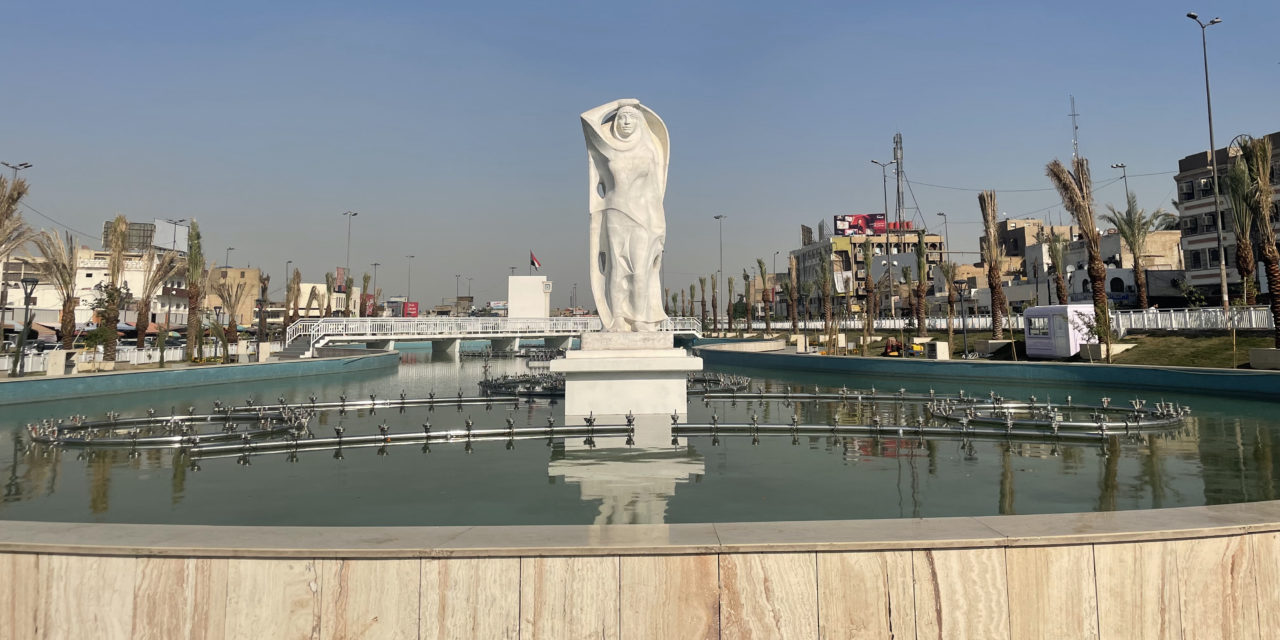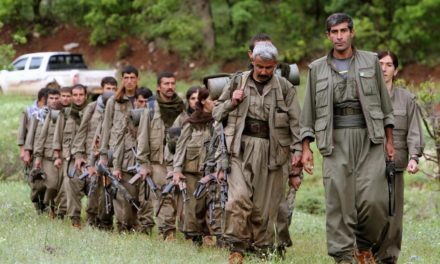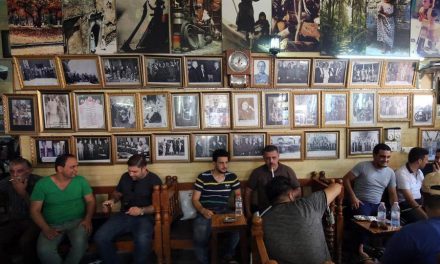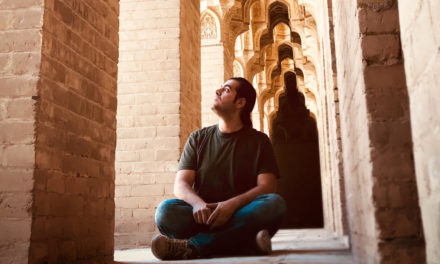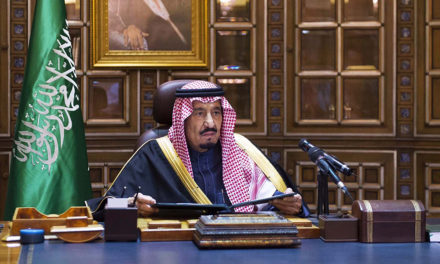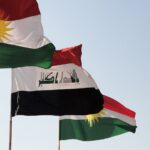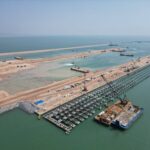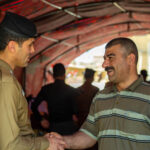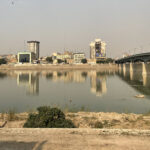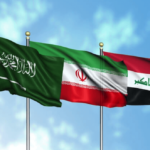The period of political reorganizing that follows a conflict provides a window for change, both positive and negative, and can reshape roles, power dynamics, norms, and political institutions. For women and women’s movements, this window can mean an increase in political representation, opportunities for organising and for institutionalising rights and access to decision-making. It was from this idea that I approached my research on women’s organising and participation in Iraq after 2003, trying to understand how Iraqi women took up opportunities to organise for, and institutionalise, changes that moved towards gender equality and violence prevention.
Of course, the US-led invasion in Iraq, and its impact on women, needs to be contextualised and nuanced. Iraqi women under the Ba’athist regime had their lives (political and otherwise) forcibly shaped by a regime that relied on women’s reproductive labour, and on violence against women at the end of its hold, to maintain power (while simultaneously subsuming all organising – making it impossible to have a lively and open civil society). The US-led invasion similarly relied on gender roles and narratives, occurring against the backdrop of the War on Terror, which made significant overtures to women’s rights and empowerment, claiming to save Muslim women from Muslim men.
However, it is also important to remember this narrative is one of many that shaped what Iraqi women, inside and outside of Iraq, and across the country, engaged in during the aftermath of 2003 and the political opportunities that this shift represented. Today’s essay therefore focuses on an accounting of the political and civil society organising Iraqi women in different configurations engaged in immediately after 2003, and the legacies that this has for organising today.
Women’s political organising immediately after 2003: Winning the Quota
While the account of political experience post-2003 is often told from the perspective of men in Iraq, it would be remiss to ignore the active role a number of women took in the immediate political structures after 2003. After all, as critical as we can be about the early forms of political structures in Iraq’s post-2003 political landscape, women both had a presence on formal political structures like the Iraqi Governing Council (IGC) and the Iraqi Interim Government (IIG), as well as a burgeoning and relatively diverse civil society voice. The latter was made up of those returning from exile, women in Iraqi Kurdistan who had freedom to organise and be active since 1991, and new voices emerging amongst women who had lived out the 1990s under the Ba’athist regime in Iraq.
Perhaps the central achievement of this early organising is the inclusion of the 25% women’s quota – often assumed to be an import, but was actually argued for by Iraqi women across a spectrum of positions and backgrounds. In fact, the initial demand was for a 40% quota. This was a demand of the three women on the IGC, from Iraqi women organising in the diaspora, as well as women organising inside Iraq (who incidentally collected 50,000 signatures demanding it). While today, many look to parliamentarians with frustration, it is important to recognise the significant win achieving a quota represents, and the organising that underpinned this achievement.
Moments of Visibility for the Women’s Movement after 2003
In this special issue, Nour Al-Huda wrote poignantly about young Iraqi women’s frustrations with previous generations of women political actors and civil society organisations, highlighting an issue that requires exploration. Given the above, women’s civil society in Iraq has developed after 2003 along a few key lines and themes of work: first, as service delivery on gender-focused issues including gender-based violence (GBV) – a role civil society and informal groups often have to take on during and after conflict); second, as advocators and organisers (with a mixed legacy of success, depending on how you define this success); third, as ‘local’ organisers – through both design and also in response to the way funding operates.
There have also been a couple of catalysts for organising specifically as women, including first and foremost for the quota discussed above. In addition, women have organized as protectors of the 1959 family status laws in Iraq as they came under threat multiple times, and against domestic violence or violence against women, which involved taking on many roles: agitating for legal change and legal protection, agitating for cultural change, and importantly as providing services, shelter and support to victim-survivors and to communities. Most recently, activists have organised women’s marches as part of the Tishreen protests in 2019-2020. These are not simple and apolitical issues to take on, and looking at them together reminds us that there are moments of a visible ‘women’s movement’ in post-2003 Iraq.
Violence, Law and Women’s Status
It is difficult to discuss women’s presence in civil society or in political spaces without a discussion of violence against women. The ‘opportunity’ this essay opens with has an underbelly, unfortunately: conflict means violence that impacts men and women differently. Iraq represents a repeated example of how significant, political and ever-present violence against women exists in all its forms: as targeted violence like the horrific violence Yazidi and other minority women experienced, broader GBV targeting women in households and families – including honour crimes, in public through the literal and character assassinations that public women endured, and through a sustained effort to diminish women’s legal status.
The multitude of women’s organisations and activists organising after 2003 work actively within and against this context – by advocating for violence against women legislation that is yet to be adopted, by providing vital and life-saving services, by reporting and accounting for violence as much as possible (a notoriously difficult thing to capture even in the best of circumstances), and for highlighting the links between women’s vulnerability to violence, their economic status and poverty, and their legal status.
The best example of this is of course the continued efforts by various political actors (including Al-Fadhila Islamic Party and later, the National Alliance, to change personal status laws in Iraq from the relatively progressive laws and the fight against this by women’s organisations and specific women within politics. The rewriting of legal frameworks (and the constitution) after 2003 opened up opportunities for revision in ways that many women organising saw as a step back for women in the country. Part of this meant that, because of constitutional clauses, the Personal Status Laws from 1959 came under question – Laws that govern women’s legal status within the family and household, their access to inheritance, child custody and other linked issues which are often seen by feminist actors as a keystone of women’s rights in a broader sense. The multiple efforts to change these laws (which are understood to be fairly progressive in the Middle East) was met with vocal and organised opposition from key voices and collectives in the women’s movement in Iraq (including the Iraqi Women’s Network). As one woman I spoke to during a research project told me about the effort to oppose these changes said, “This is collective work, not individual work”, making this effort an important moment of unity and organising for women in Iraq after 2003.
The impact of the international: Not a “Western agenda” but an NGO-isation of civil society
The international inevitably plays a significant role in resourcing, supporting, and amplifying women’s civil society, with mixed results and mixed outcomes for women and women’s organising. The most obvious and clear form is linked to the way women’s organisations and the women’s movement writ large is resourced and supported by the international community.
Resourcing obviously is an incredibly important part of sustaining and supporting women’s organisations – achieved through grants for projects, resources for training and exchange, access to conversations or the facilitation of these conversations, which all feed into the ability for Iraqi women to organise, to research, to engage and to grow and sustain organisations that they lead.
Funding from the international community however comes with strings – not the insidious kind we often hear about Western agendas and propaganda, but strings linked to what organisations need to look like in order to access support. This has an impact on what civil society looks like, on the kinds of projects they choose to focus on, and on the processes they adopt to fit into the model of funding, project cycles, reporting, monitoring and financial management. Iraqi women’s organisations have been in the past, and continue to be, smart and agile when it comes to understanding the resource and opportunity world they exist in – shifting focus, areas of work, services and processes to ensure never-the-less shapes the way civil society organises itself and understands its own sustainability and opportunities for growth or success – professionalisation and NGO-isation being one example of what many organisations, including women’s organisations, feel they must do to sustain their movements.
A key concern in the coming years is what this will mean for organisations as the withdrawal of humanitarian funding takes place, how this shapes their agendas and where they access the resources they need to operate, hire staff, run projects and do the things they see as important for their communities. There is another side to this withdrawal however, that concerns me. The shrinking footprint of humanitarian organisations and charities, I worry, will represent a shrinking space for paid work for the many women trained and well-versed in the world of humanitarian-development speak and its processes.
Looking forward/Looking back
In part, this essay series in its whole provides better insights than I can give about the ways forward. In part, I wanted here to highlight the significant effort in organising, formalising movements, sustaining presence, and making formal and informal gains that occurred for and by Iraqi women after 2003. In policy circles, we are often critical (and rightly so) of how much progress is made, critical of those within parliament and positions of power, and of long-entrenched civil society organisations and their mode of work. However, 20 years after the initial invasion of Iraq, it is important to recognise the progress made, and the ground gained or – at least not lost – in the two decades during which so much destruction, violence and conflict occurred.
What I hope this means is that there is momentum and continued support, local and international, for women’s organising in all its forms and in its full diversity – for those who have continued movement forward despite all of the challenges of the last two decades, and for women who feel inspired to newly join or develop their own organisations and movements. While challenges facing Iraq are multiple, including security, economy, climate and many other things, women’s rights, presence, security, equality and safety are an important part of any of these stories and therefore deserve continued attention, support, and endorsement.
This essay is part of a special series – Iraq after 2003: The Voices of Iraqi Women
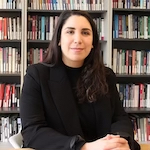
Yasmin Chilmeran
Yasmin Chilmeran is a researcher, coordinator and consultant working for humanitarian and development organizations in Iraq. Her research and consulting work centres on issues related to gender mainstreaming, women’s participation in peacebuilding and prevention of violent extremism efforts in post-conflict settings in the Middle East, focusing largely on Iraq. She completed her PhD in 2020 with Monash University’s Centre for Gender, Peace and Security.

